How to Choose Food Processing Line Equipment
Introduction
Selecting the optimal food processing line equipment is far more than a procurement task; it's a pivotal strategic decision. This choice fundamentally dictates your operational efficiency, regulatory compliance, product quality consistency, and ultimately, your competitive edge in a demanding marketplace. Missteps here reverberate through every facet of the business, affecting costs, customer trust, and long-term viability. Getting this right isn't just beneficial—it's existential.
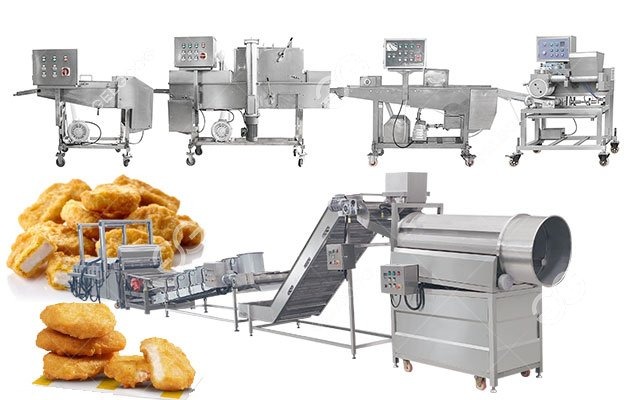
Understanding Your Product First
Why Product Characteristics Should Dictate Equipment Choices
Equipment selection originates from profound product comprehension. The rheological properties of sauces, particulate friability in snacks, lipid content in meats, and microorganism susceptibility in dairy mandate specific processing interventions. Understanding these characteristics is paramount for selecting machinery that preserves product integrity and meets consumer expectations.
Navigating Different Food Categories: Liquids, Solids, Powders, and Mixed Products
Liquids demand hygienic pumps and aseptic fillers; powders require precise dosing and dust suppression systems; delicate solids necessitate gentle handling mechanisms. For complex mixed-phase products, specialized equipment capable of maintaining structural integrity while ensuring homogeneous distribution is essential.
Shelf Life, Sensory Expectations, and Their Influence on Equipment Selection
Crucially, the target shelf life and sensory expectations—texture, flavor retention, color stability—are intrinsic constraints. A pasteurizer designed for viscous liquids will falter with pulpy juices; slicing machinery must preserve cellular integrity in fresh produce to prevent enzymatic browning. Product dictates technology.
Mapping the Production Workflow
Visualizing the End-to-End Process Before Purchasing Equipment
Invest significant effort in meticulously visualizing the entire production workflow, ideally using process flow diagrams. This comprehensive visualization should capture every transformation, transfer point, and quality check from raw material intake to finished palletizing.
Identifying Bottlenecks in Your Current Line and How to Eliminate Them
Scrutinize the current line for bottlenecks—areas where throughput lags, causing upstream accumulation or downstream starvation. Isolate whether limitations stem from equipment speed, changeover time, manual handling inefficiencies, or integration gaps. This detailed cartography illuminates where new equipment must synchronize seamlessly with existing components.
Defining Your Processing Goals
Speed, Output, and Accuracy: Setting Performance Benchmarks
Articulate unambiguous quantitative targets: desired throughput (kg/hr, units/min), acceptable weight deviation tolerances, operational uptime percentages, and minimum batch sizes. Establish clear metrics for evaluating equipment performance against your specific production demands.
Flexibility vs. Specialization: What Does Your Business Really Need?
Critically evaluate the tension between flexibility and specialization. High-volume commodity producers often prioritize dedicated machinery optimized for peak efficiency on core SKUs. Conversely, manufacturers with diverse, evolving product ranges require multi-format adaptability—equipment capable of handling varied characteristics with minimal changeover time.
Scalability and Future-Proofing Your Investment
Planning for Growth: Why Modular Systems Matter
Opt for modularity where feasible. Modular designs allow output increases by adding identical units alongside initial installations. Evaluate capacity expansion pathways during initial selection to avoid premature equipment obsolescence.
Upgradability and Line Expansion: Avoiding Costly Equipment Replacements
Assess how easily new technologies can be integrated into existing systems. Does the system architecture allow straightforward incorporation of future innovations like augmented inspection systems or robotic palletizers? Future-proofing mitigates stranded assets and extends capital investment lifecycles.
Material Construction and Durability
Choosing the Right Build: Stainless Steel Grades and Food-Grade Components
In the corrosive, washdown-intensive environment of food processing, material integrity is non-negotiable. Specify food-grade austenitic stainless steel (typically AISI 316L or higher for severe environments) with low surface roughness (Ra < 0.8 µm).
Corrosion Resistance, Heat Tolerance, and Environmental Stress Factors
Consider environmental stressors: thermal cycling demands stable alloys; caustic cleaning necessitates high chloride pitting resistance; high-pressure applications require robust engineering. Verify critical food-contact components meet strict regulatory certifications (e.g., FDA 21 CFR, EU Regulation 1935/2004).
Food Safety and Sanitation Requirements
Meeting Global Compliance Standards (FDA, USDA, EFSA, HACCP)
Regulatory adherence is the baseline. Equipment must support compliance with global standards through design features that enable meticulous record-keeping, process validation, and audit readiness.
Hygienic Design Principles: Seamless Welds, Drainage, and Cleanability
True safety requires equipment designed with hygienic principles like EHEDG or 3-A Sanitary Standards. Demand crevice-free surfaces, seamless welds (ground and polished smooth), positive drainage, absence of dead legs, and compatibility with rigorous cleaning regimes.
Clean-in-Place (CIP) vs. Manual Cleaning: Which Is Better for You?
Evaluate CIP efficacy versus manual cleaning: CIP offers consistency, reduced labor, and minimized line opening but requires compatible system design. Validate disassembly points for any manual deep cleaning needs based on product residue characteristics.
Automation and Smart Technology Integration
Leveraging Automation to Reduce Labor and Boost Precision
Automated food processing production lines transcend labor reduction. Precision dosing, robotic handling, and AI-powered inspection yield unparalleled consistency and traceability. Assess how automation can address your specific quality and efficiency challenges.
Connecting to MES and ERP Systems: Integration Capabilities That Matter
Prioritize equipment offering integration capabilities with existing Manufacturing Execution Systems (MES) or Enterprise Resource Planning (ERP) software. Seamless data flow is essential for real-time decision-making and comprehensive traceability.
Real-Time Monitoring, AI, and Predictive Maintenance Features
Embrace systems with real-time monitoring of critical control points and predictive maintenance capabilities. These features transform reactionary operations into proactive optimization hubs, reducing downtime and improving overall equipment effectiveness.
Throughput and Line Efficiency
Matching Equipment Capacity with Operational Demands
Avoid mismatched capacity. A high-speed filler bottlenecks if upstream heating or downstream packaging lags. Conduct holistic line balancing analysis to ensure synchronized operations across all process stages.
Reducing Downtime with Efficient Load Balancing Across the Line
Efficient load balancing synchronizes equipment cycles, minimizing idle time and maximizing overall line efficiency (OLE). Consider equipment with buffer capabilities to absorb minor fluctuations and protect against downtime propagation.
Energy Consumption and Environmental Impact
Energy-Efficient Machinery: A Cost-Saving and Eco-Friendly Advantage
Scrutinize energy utilization metrics. High-efficiency motors, variable speed drives (VSDs), optimized thermal recovery systems, and energy management interfaces significantly reduce power consumption and greenhouse gas emissions.
Water Usage, Waste Handling, and Sustainable Equipment Design
Evaluate sustainable equipment design: low water usage cleaning systems, effluent minimization features, and responsible waste handling capabilities. These factors lower operating costs and bolster corporate sustainability goals.
Adaptability Across Product Variants
Switching Between Product SKUs Without Replacing Machinery
Rapid SKU changeovers are competitive necessities. Seek equipment with quick-change tooling, parameter pre-sets, and recipe management systems to minimize product transition times.
Multi-Function Equipment vs. Single-Purpose Units: Pros and Cons
Analyze the trade-offs: multi-function equipment offers space savings and flexibility but may compromise peak efficiency; specialized units deliver superior speed and precision for dedicated tasks but constrain variety. Align choices with product portfolio volatility.
Space Constraints and Layout Considerations
Optimizing Floor Plans and Workflow Efficiency
Every square meter of factory floor carries cost. Optimize the equipment footprint using detailed layout simulations that account for material flow, operator access, and maintenance requirements.
Designing for Seamless Flow and Worker Accessibility
Prioritize designs enabling coplanar mounting surfaces for easy integration and ensuring unimpeded sanitation access. Incorporate anthropometric considerations for operator reach and safety clearances. Designing for seamless flow minimizes material travel and contamination risk.
Ease of Operation and Training Requirements
User Interface Simplicity and Operator Training Time
Complexity invites error. Prioritize intuitive Human-Machine Interfaces (HMIs) with graphical workflows and contextual diagnostics. Factor in operator training time and resource requirements when evaluating equipment sophistication.
Multi-Language Interfaces, Safety Features, and Error Detection
Multi-language interfaces are crucial for diverse workforces. Robust error detection systems, lockout-tagout (LOTO) compliance, and clear emergency stops enhance safety and reduce costly operational mistakes.
Maintenance, Servicing, and Downtime
Evaluating Maintenance Cycles and Spare Parts Availability
Demand clarity on maintenance schedules, required spare parts inventory, and mean time to repair (MTTR). Assess critical spares availability and lead times to minimize potential downtime impact.
Local Support vs. Overseas Vendors: The Service Gap Challenge
The service gap challenge is real: local support offers rapid response but may lack specialized expertise; overseas OEMs provide deep knowledge but face logistical delays. Evaluate Service Level Agreements (SLAs) meticulously to ensure adequate support coverage.
Total Cost of Ownership (TCO) vs. Purchase Price
Calculating ROI Beyond the Upfront Price Tag
The purchase price is merely the ante. True cost assessment spans the asset's lifecycle. Calculate TCO incorporating energy consumption, water usage, maintenance labor and parts, consumables, production losses during downtime, decommissioning, and residual value.
Factoring in Energy Use, Repairs, Consumables, and Operational Life
Equipment with a higher initial cost but lower TCO often delivers superior Return on Investment (ROI). Rigorous TCO analysis prevents false economies that appear cheaper initially but become costly over time.
Vendor Credibility and Industry Expertise
How to Vet Manufacturers for Proven Reliability and Sector Experience
Vetting is critical. Demand evidence of proven reliability via case studies from comparable food sectors. Solicit authentic client testimonials and request site visit references to assess real-world performance.
Case Studies, Client Testimonials, and Post-Sale Support Agreements
Scrutinize the manufacturer's depth of processing knowledge – can they troubleshoot your specific product challenges? Evaluate post-sale support agreements comprehensively, including response times and spare parts availability.
Customization and Tailor-Made Solutions
When to Choose Custom Equipment Over Standard Models
When standard equipment falls short for novel product forms or unique process requirements, custom-engineered solutions become essential. Consider custom designs for specialized products, limited-space facilities, or unconventional processing needs.
Collaborating with OEMs for Unique Processing Needs
Collaborate closely with Original Equipment Manufacturers (OEMs) possessing proven engineering prowess. Clearly define functional specifications, performance guarantees, and validation protocols for tailor-made equipment. Engage early in the design process for optimal outcomes.
Regulatory and Documentation Compliance
Ensuring Traceability, Batch Control, and Audit Readiness
Equipment must inherently support compliance through features enabling meticulous traceability (unique batch IDs, timestamps), accurate batch control documentation, and comprehensive digital logs to demonstrate process control.
Digital Logs, Validation Reports, and Certifications You Must Demand
Insist on detailed validation documentation (FAT, SAT, IQ/OQ/PQ protocols) and verify all relevant certifications (CE, UL, NSF, CRN, etc.) specific to your target markets. Audit readiness is non-negotiable in regulated environments.
Installation, Commissioning, and Training
How Long Does It Really Take to Get Up and Running?
Understand the lead time holistically: manufacturing, shipping, site preparation, installation, Factory Acceptance Testing (FAT), Site Acceptance Testing (SAT), commissioning, and operator training. Realistic timelines prevent production disruptions.
Best Practices for Seamless Line Commissioning and Operator Onboarding
Seamless commissioning requires meticulous planning, including utility interfaces (power, water, steam, compressed air), structural considerations, and dedicated project management. Comprehensive operator training validates the investment and ensures rapid proficiency gains.
Preparing for Technological Shifts
Emerging Trends in Food Processing Equipment
Anticipate advances in robotics, machine learning optimization, sustainable technologies, and smart sensors. Evaluate equipment through the lens of long-term relevance as innovations continue to reshape the industry landscape.
Investing in Systems That Are Ready for Industry 4.0
Assess compatibility with Industrial Internet of Things (IIoT) platforms, machine learning analytics, and data exchange standards (OPC UA). Investing in future-ready equipment safeguards against premature obsolescence and leverages emerging efficiency gains.
Final Checklist Before You Commit
The Ultimate Pre-Purchase Evaluation Guide
Execute rigorous due diligence before finalizing any equipment investment. Develop a comprehensive evaluation matrix that compares all critical factors across competing solutions to support objective decision-making.
What to Ask, What to Inspect, and What to Test Before Signing the Deal
Concrete actions should include:
- Ask: Request performance guarantees, TCO calculations, references, service SLAs, roadmap for spare parts, compliance documentation
- Inspect: Conduct factory visits, examine build quality, sanitation design, and materials certification
- Test: Insist on witnessed FAT using actual or simulant products validating critical performance parameters
FAQs About Choosing Food Processing Line Equipment
What's the difference between batch and continuous processing systems?
Batch systems handle defined quantities sequentially (ideal for varied recipes), continuous systems run product non-stop (optimized for high-volume single SKUs). Hybrid approaches exist for balancing flexibility and throughput.
How often should food processing equipment be serviced or inspected?
Service frequency varies significantly. Follow OEM recommendations based on runtime hours, regulatory mandates (e.g., semi-annual inspections), and condition monitoring data. HACCP plans dictate critical point checks.
Can I integrate new equipment with my existing processing line?
Integration is possible but requires meticulous planning for mechanical, control system (e.g., PLC communication protocols), and sanitary compatibility. Modular systems with standardized interfaces simplify integration.
How do I ensure my equipment meets export market regulations?
Specify required destination market certifications upfront (e.g., CE Marking for EU, specific NSF standards for USA). Documentation must demonstrate compliance with target markets' regulatory frameworks during equipment design and fabrication.
What is the typical lead time for ordering and installing new machinery?
Lead times vary dramatically from months to over a year. Complex standard equipment typically requires 6-12 months; highly customized systems may need 12-24+ months. Factor in site preparation and commissioning after equipment arrival.
Are there financing or leasing options available for high-cost machinery?
Yes, explore leases (operational or finance), equipment loans, and OEM-sponsored financing programs to preserve capital. Lifecycle cost analysis helps determine optimal acquisition methods.
How can I validate the performance of equipment before purchase?
Conduct comprehensive Factory Acceptance Testing (FAT) using your product or simulant under realistic conditions. Measure performance against contractual guarantees and specifications before shipment approval.
Should I prioritize local suppliers over international manufacturers?
Balance proximity/service speed against specialized expertise/unique capability. Strong local agents for international OEMs can bridge gaps. Evaluate service network coverage rather than just manufacturing location.
What certifications should I look for when choosing food-grade machinery?
Core certifications include EHEDG/3-A (hygiene), NSF/ANSI, CE (EU safety), UL (electrical), CRN (pressure vessels). Additional certifications may apply for specific product categories or regional requirements.
How do I train my team to operate complex processing equipment safely?
Combine vendor-provided training with internal procedure development and competency assessments. Implement progressive certification levels and create comprehensive documentation covering operation, cleaning, and troubleshooting.
Conclusion
Selecting food processing line equipment transcends mere capital expenditure; it's a strategic investment forging your operational destiny. Cutting corners invites inefficiency, compliance peril, and quality inconsistency. A meticulously chosen, future-aligned system becomes the engine of competitive distinction—enhancing throughput, safeguarding brand integrity, reducing TCO, and enabling scalable growth. Align cutting-edge processing technology with long-term business strategy to power sustainable success in the dynamic world of food manufacturing. Your equipment choices today will echo through decades of production performance and market positioning.
Must-Read Blogs For Chain Restaurants Owner

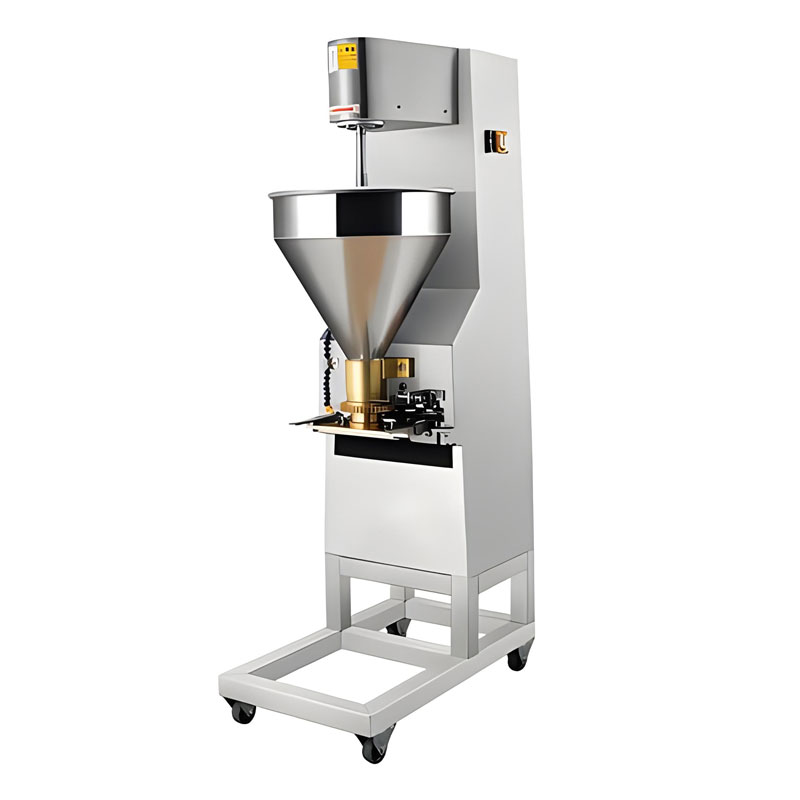
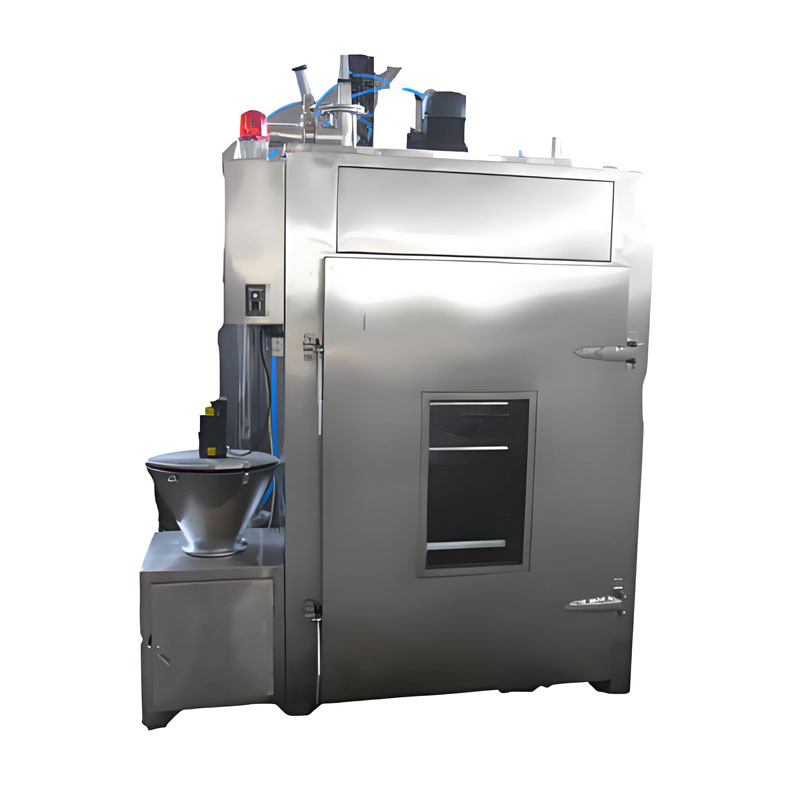
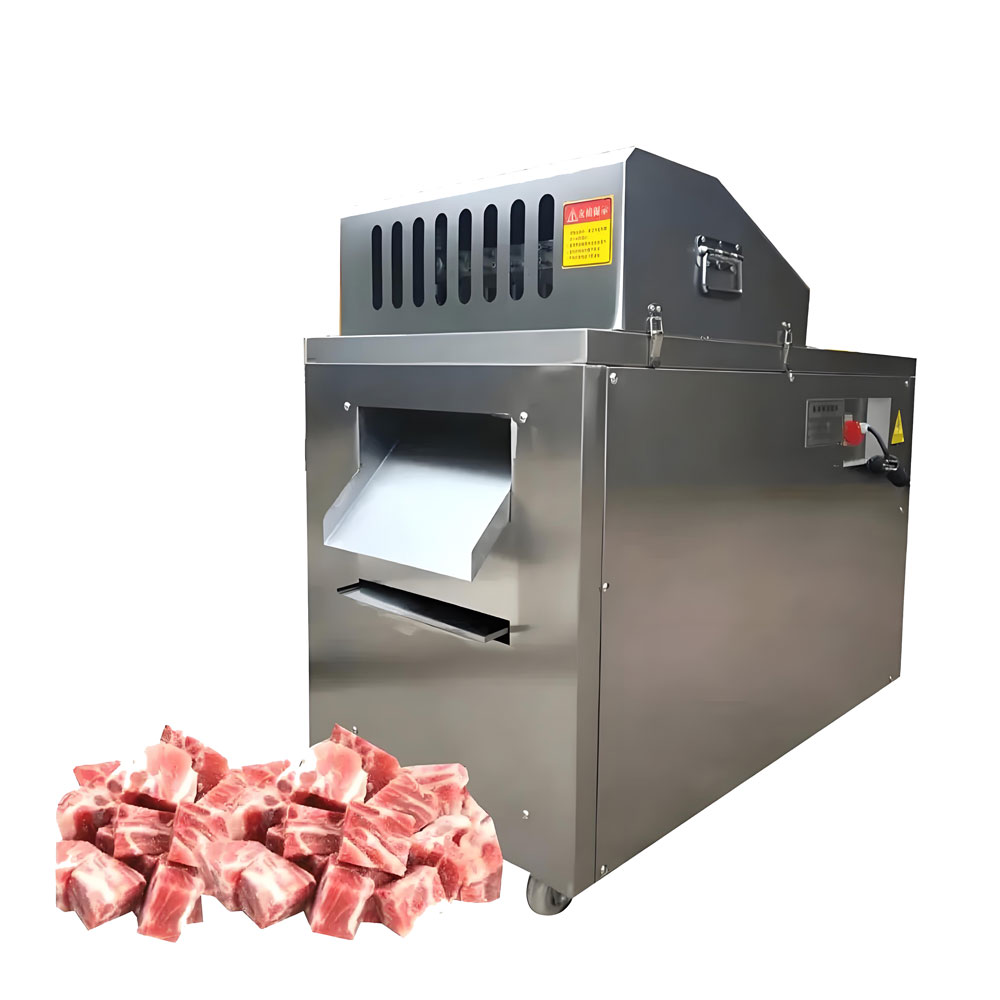
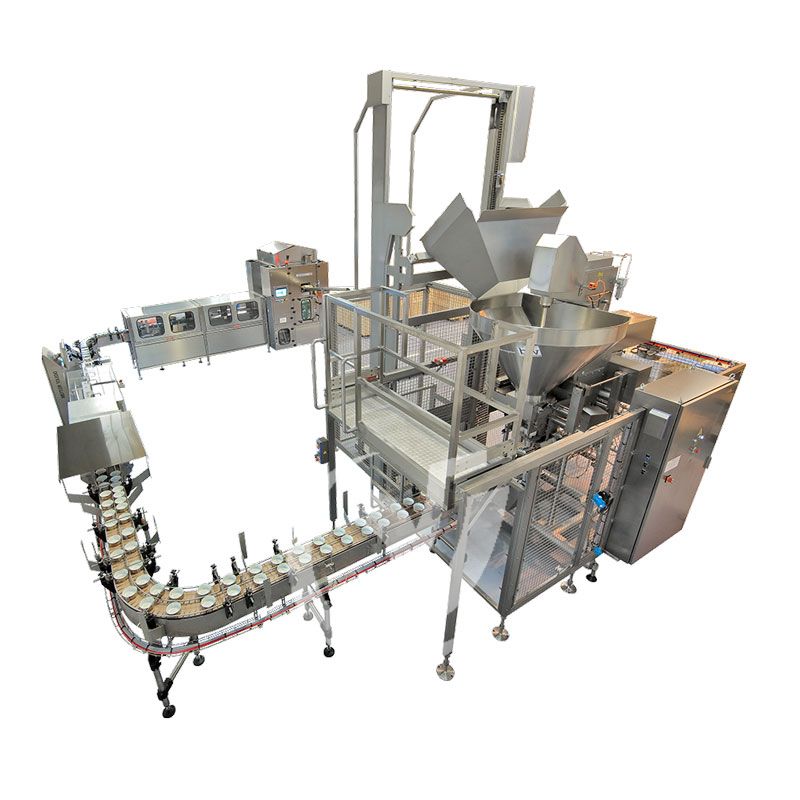

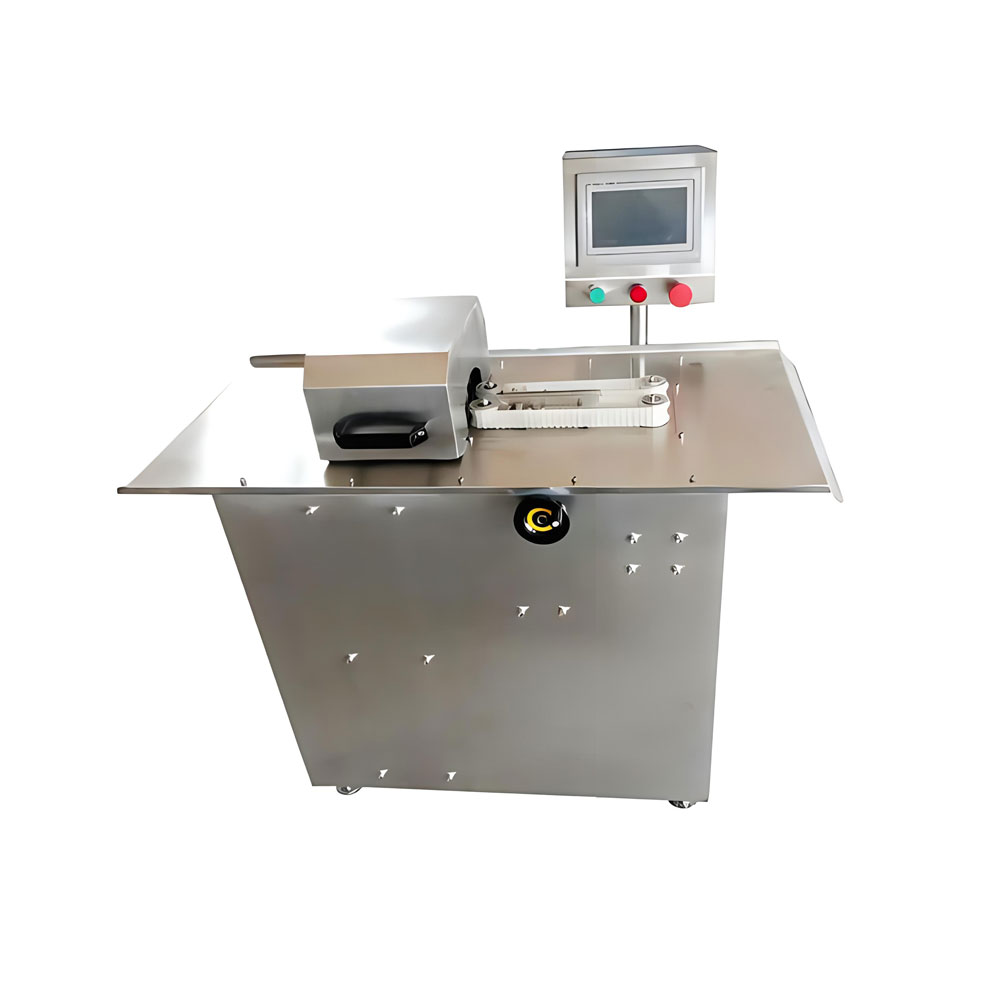
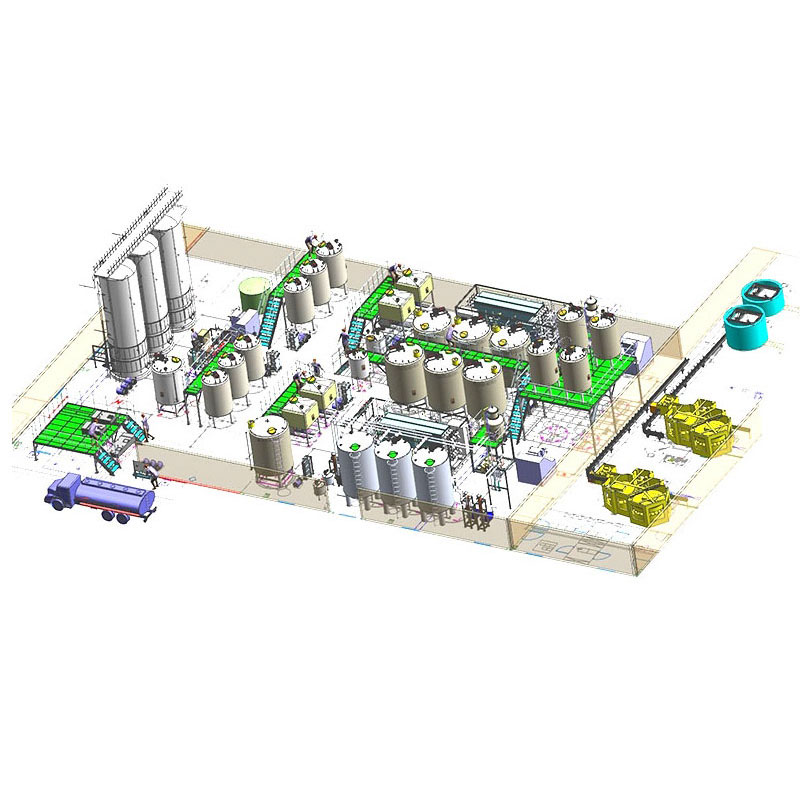
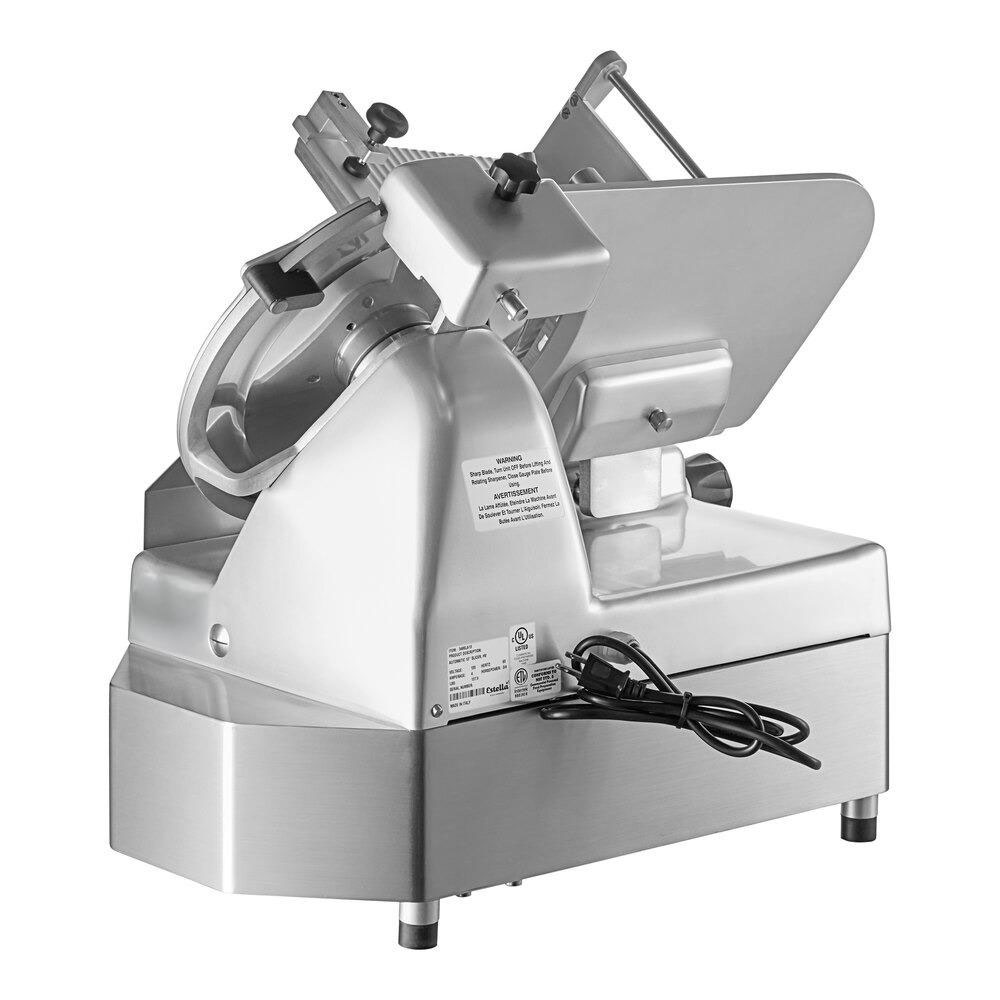
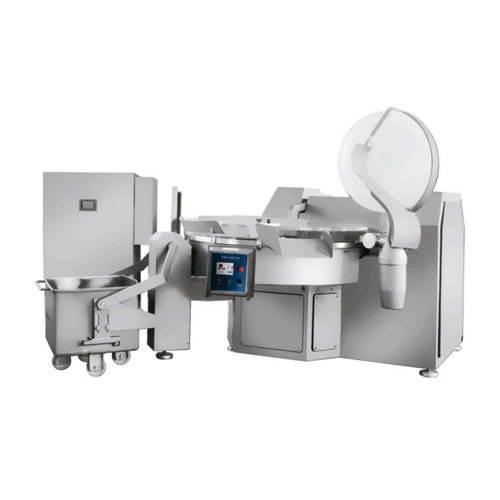
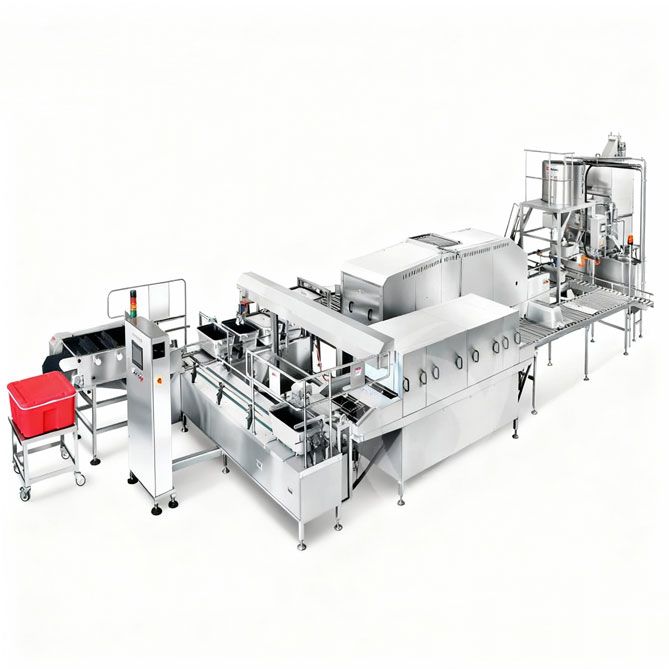
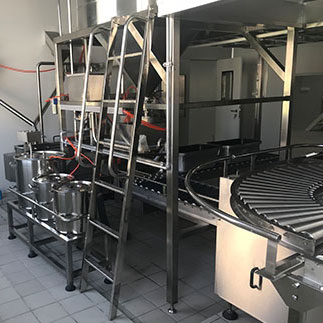 Cold Chain Rice Production Line
Cold Chain Rice Production Line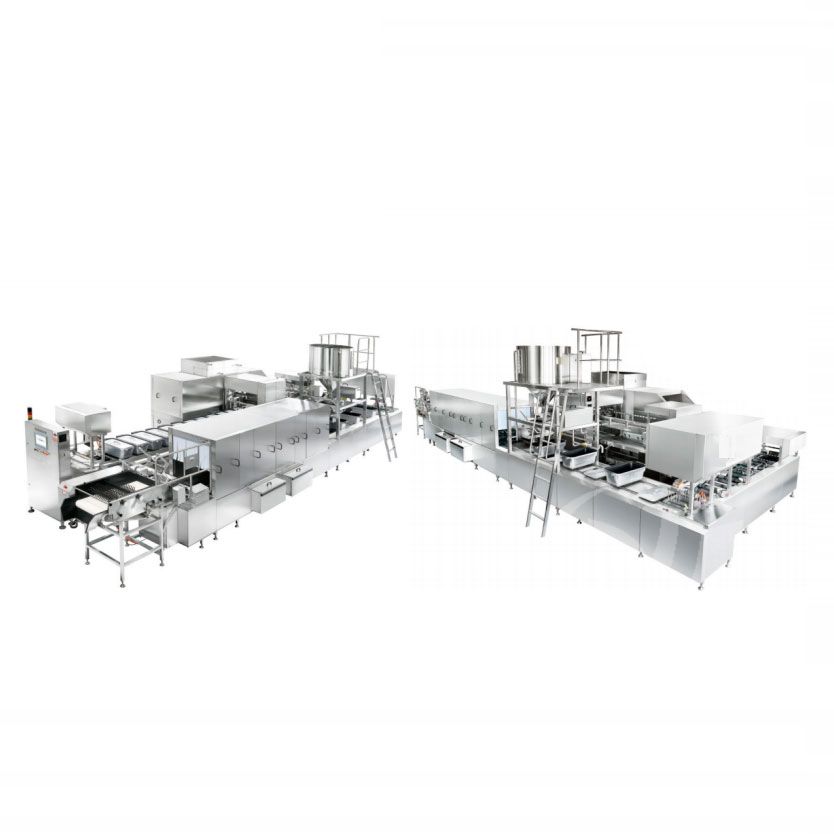 Unmanned Intelligent Rice Production Line
Unmanned Intelligent Rice Production Line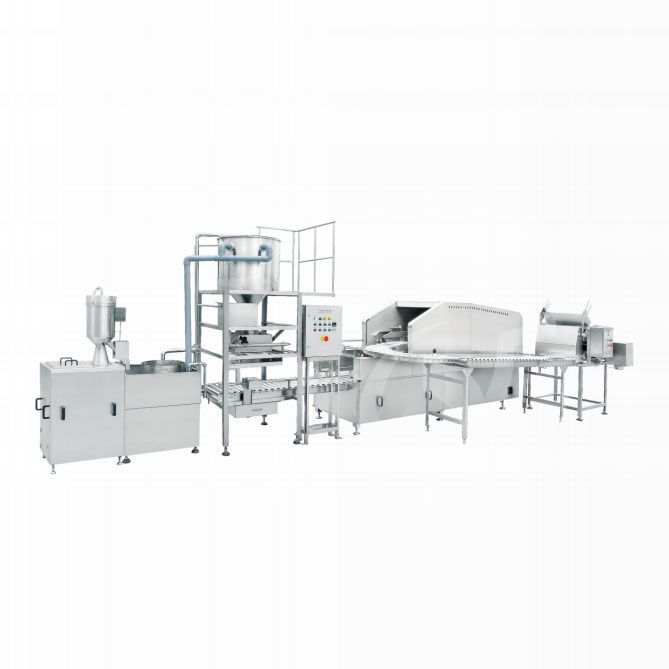 Automatic Rice Production Line
Automatic Rice Production Line
Ready to Get Started?